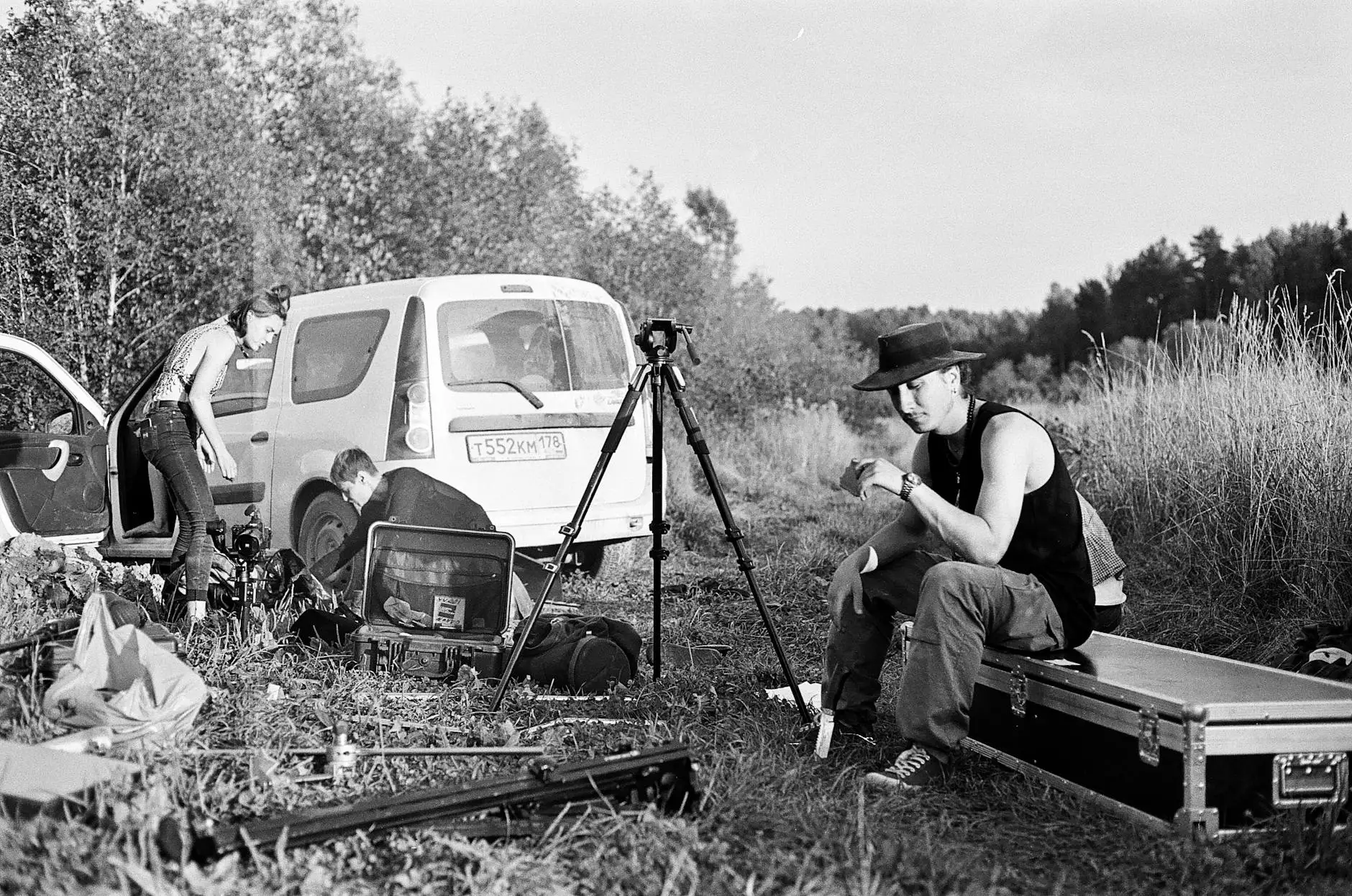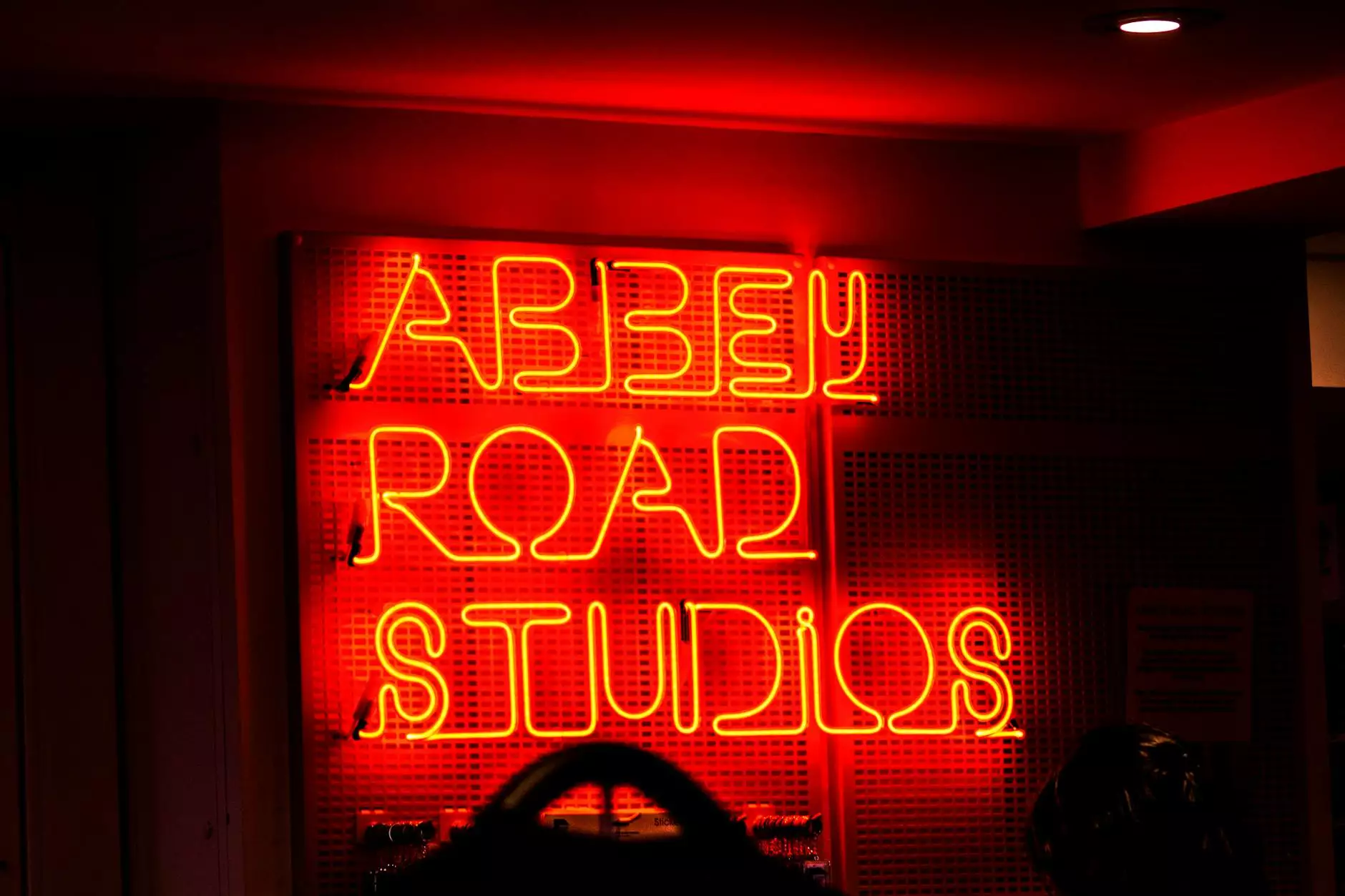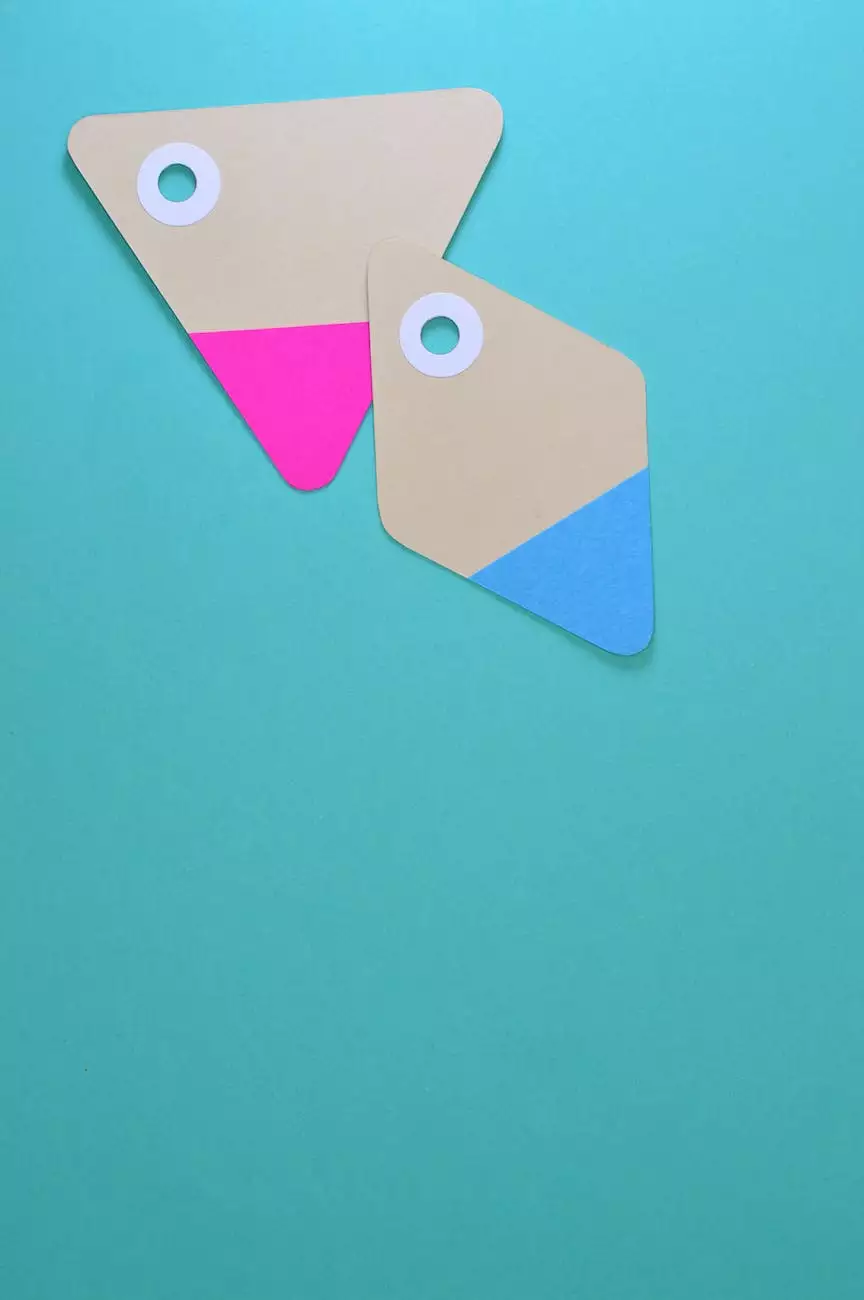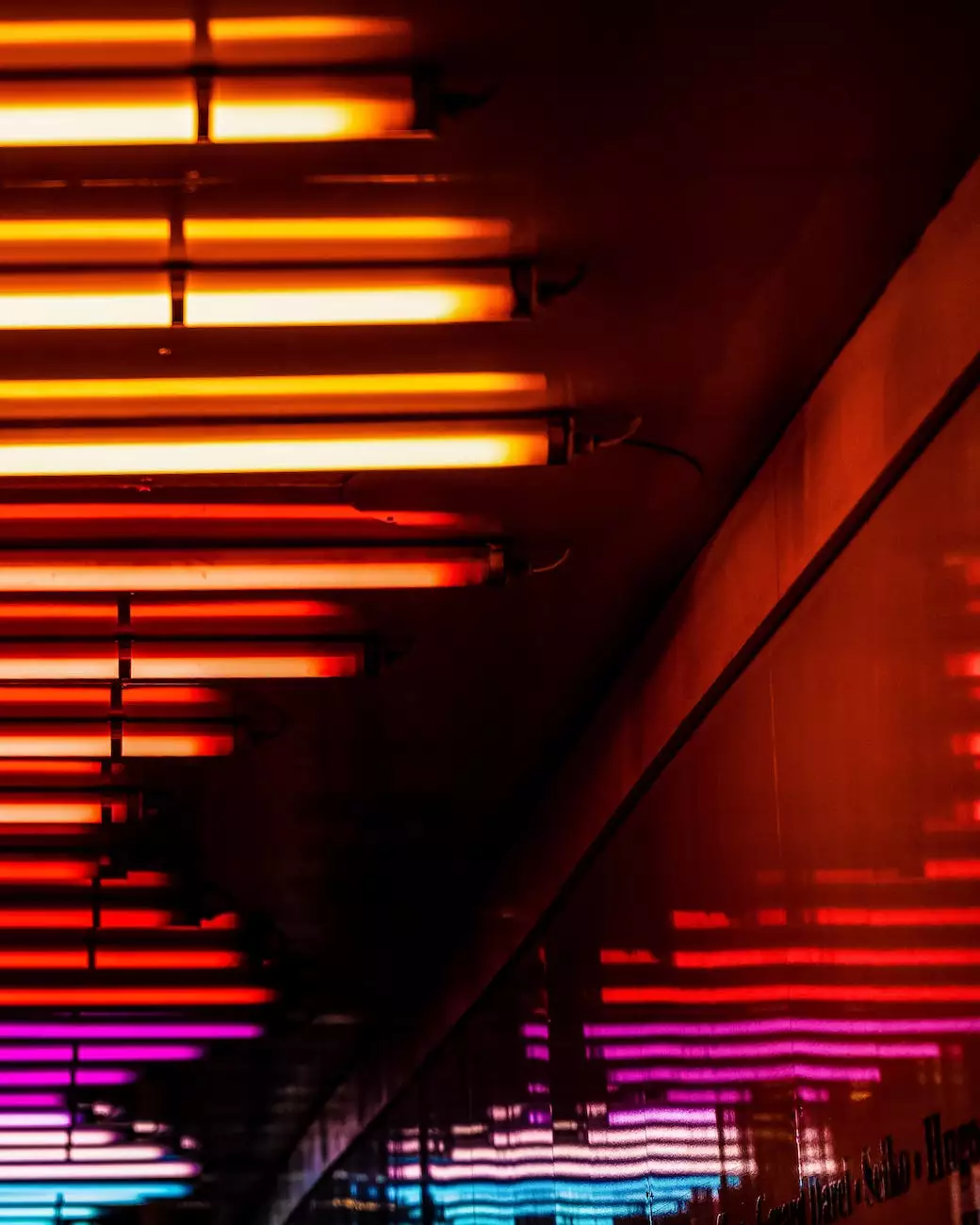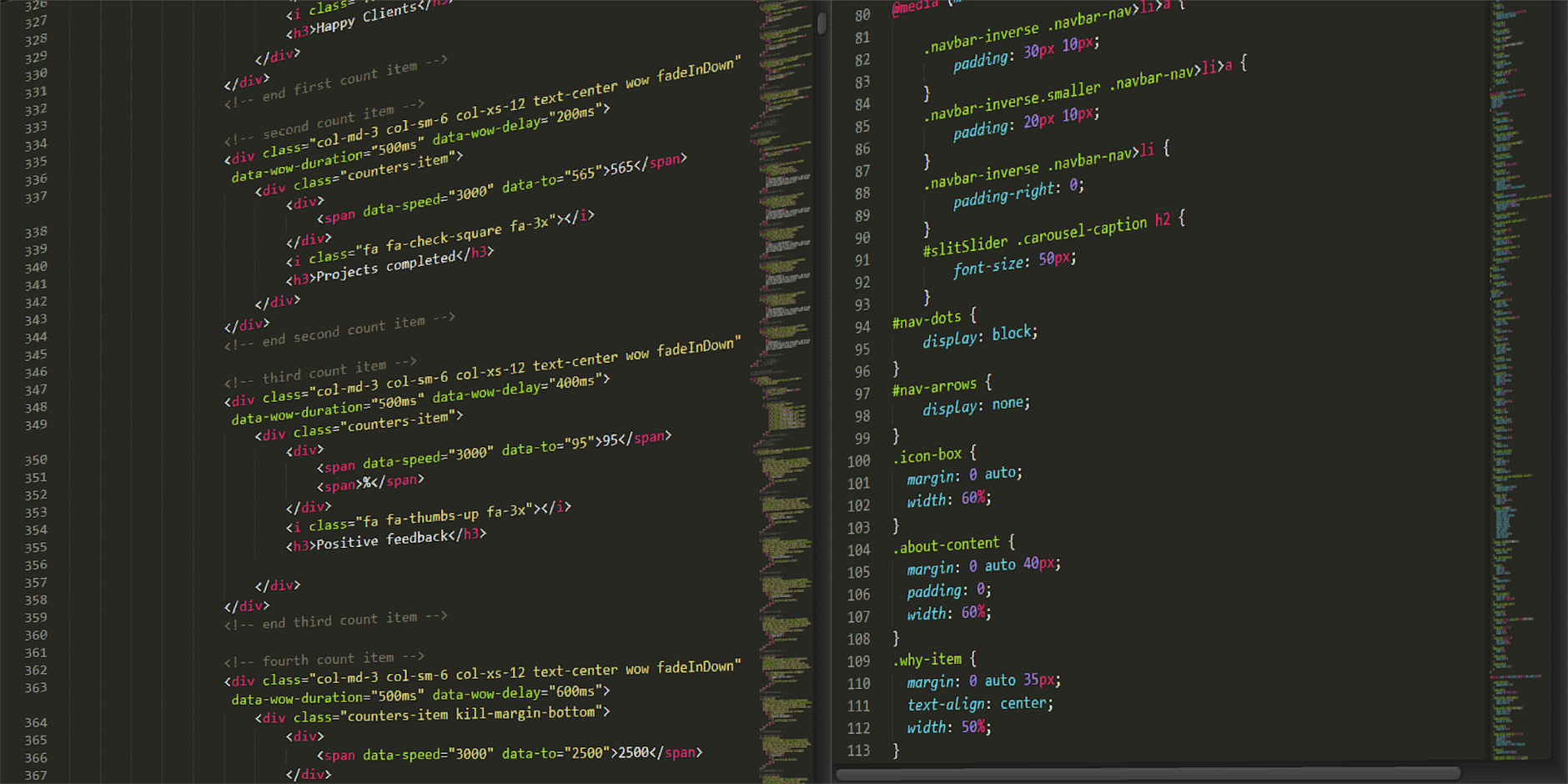What's a Vector Image vs. a Raster Image
Raster Images vs. Vector Graphics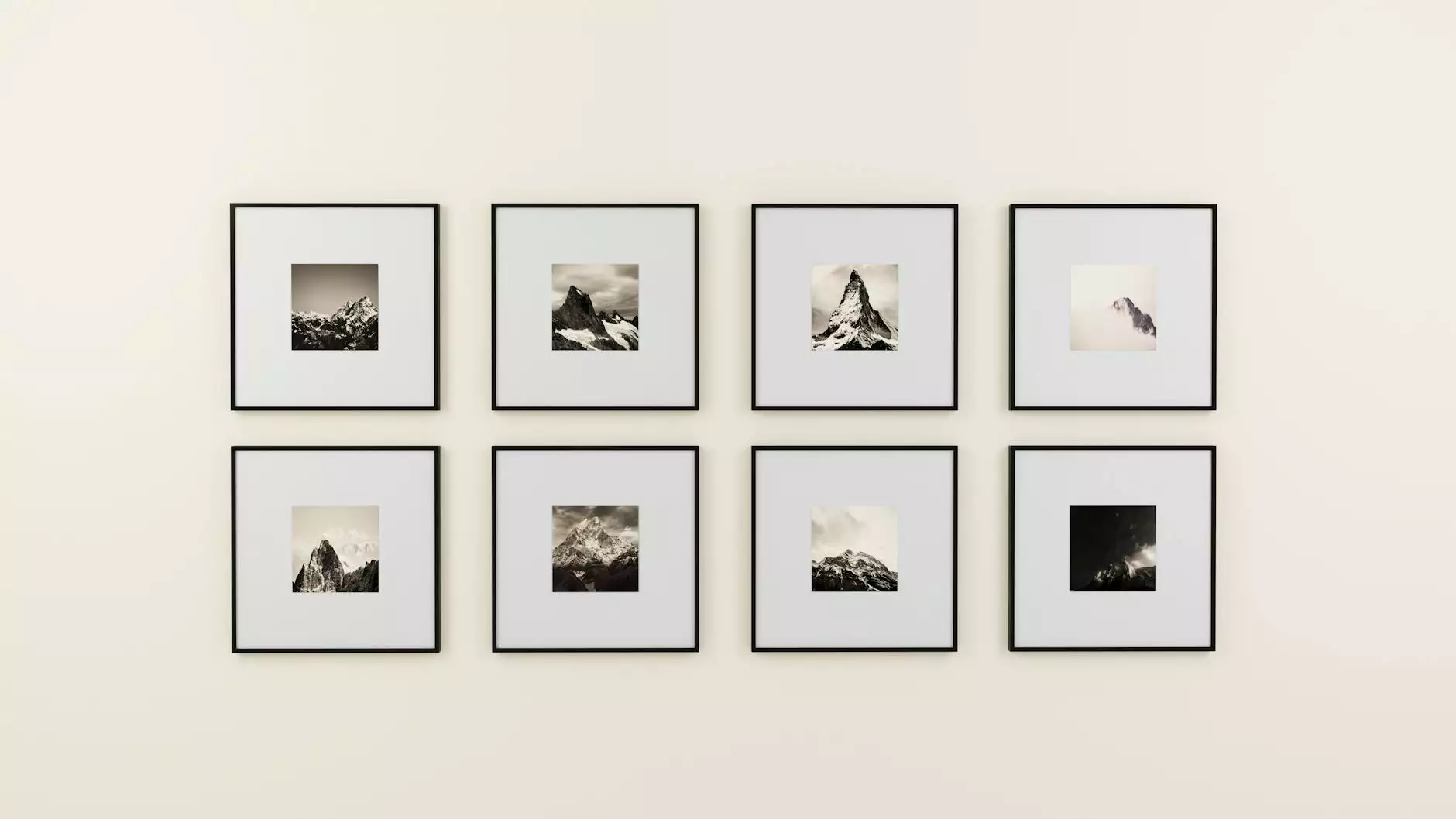
The Importance of Understanding Vector and Raster Images
As the world of graphic design and web development continues to evolve, it is crucial for professionals in the field to have a clear understanding of the difference between vector images and raster images. In this comprehensive guide, we will delve into the intricacies of both image formats, their applications, and the potential impact they can have on the visual elements of your projects.
What are Vector Images?
Let's start by exploring vector images. Vector graphics are created using mathematical formulas rather than pixels, making them infinitely scalable without any loss in quality. This means that whether you view a vector image on a small mobile device or a large billboard, it will always appear crisp and clear.
Vector images are composed of paths that connect various points, forming lines, shapes, and curves. These paths can be easily edited and manipulated, allowing designers to have complete creative freedom in the creation of their artwork. Common file formats for vector images include SVG (Scalable Vector Graphics), AI (Adobe Illustrator), and EPS (Encapsulated PostScript).
Applications of Vector Images
Vector images find extensive use in graphic design, logo creation, and illustrations. It is the preferred format when creating designs that need to be scaled or resized frequently, such as company logos. Vector images are also ideal for creating typography, infographics, and complex illustrations that require precision and flexibility.
What are Raster Images?
Raster images, on the other hand, are made up of a grid of pixels. Each pixel contains information about color, brightness, and other properties, which collectively form the complete image. Unlike vector images, raster images do not scale well, as enlarging them beyond their original dimensions can lead to pixelation and loss of detail.
Common file formats for raster images include JPEG (Joint Photographic Experts Group), PNG (Portable Network Graphics), and GIF (Graphics Interchange Format). These formats are widely supported and compatible with various software applications and web browsers.
Applications of Raster Images
Raster images are best suited for photographs, digital art, and any visuals that require intricate details and realistic representations. They are commonly used in web pages, social media graphics, and digital advertising. It's important to note that raster images, especially those with high resolutions, tend to have larger file sizes compared to vector images.
Choosing the Right Image Format
When deciding whether to use a vector or raster image, it's essential to consider the specific requirements of your project. While vector images offer incredible scalability and editing capabilities, they may not be suitable for more complex visuals that require fine details and photographic elements.
For web design, it is common to use a combination of both vector and raster images. Icons, logos, and other graphics that require scalability and adaptability can benefit from being in vector format, ensuring they look sharp on any device. On the other hand, photographs and artistic visuals are best presented as raster images.
The Impact on Graphic Design and Web Development
The choice between vector and raster images significantly impacts the quality and effectiveness of graphic design and web development projects. By understanding the characteristics of each image format, designers and developers can optimize their workflow and ensure an exceptional visual experience for their audience.
Scalability and Adaptability
One of the primary advantages of vector images is their scalability and adaptability. Since they are created using mathematical formulas, they can be resized without any loss of quality, making them suitable for different devices and screen sizes. This inherent flexibility allows designers to maintain consistency across various platforms and deliver an impeccable user experience.
File Size and Load Time
While vector images offer excellent scalability, they tend to have smaller file sizes compared to raster images. This means they can be downloaded and loaded quickly on web pages, resulting in improved website performance. In contrast, due to their pixel-based nature, raster images with higher resolutions can have larger file sizes, which may impact loading times.
Editing and Customization
Vector images provide designers with unparalleled freedom when it comes to editing and customization. Since these images are composed of paths and curves, designers can easily modify their shape, color, and other attributes. This makes vector images ideal for creating original artwork, branding materials, and unique graphics that align with a company's visual identity.
Realism and Detail
Raster images excel in capturing realism and intricate details. Photographs, digital art, and visuals that require lifelike representations benefit from the pixel-based nature of raster images. Designers can work with billions of colors and capture the nuances that make their creations visually stunning.
Conclusion
Understanding the difference between vector images and raster images is crucial for anyone involved in graphic design and web development. SuperSonic Graphic & Web Design specializes in delivering exceptional solutions in the field of Computers Electronics and Technology - Graphics Multimedia and Web Design. With a solid grasp of the pros and cons of each image format, we can create visually stunning, scalable, and optimized designs that will captivate your audience across various platforms.




